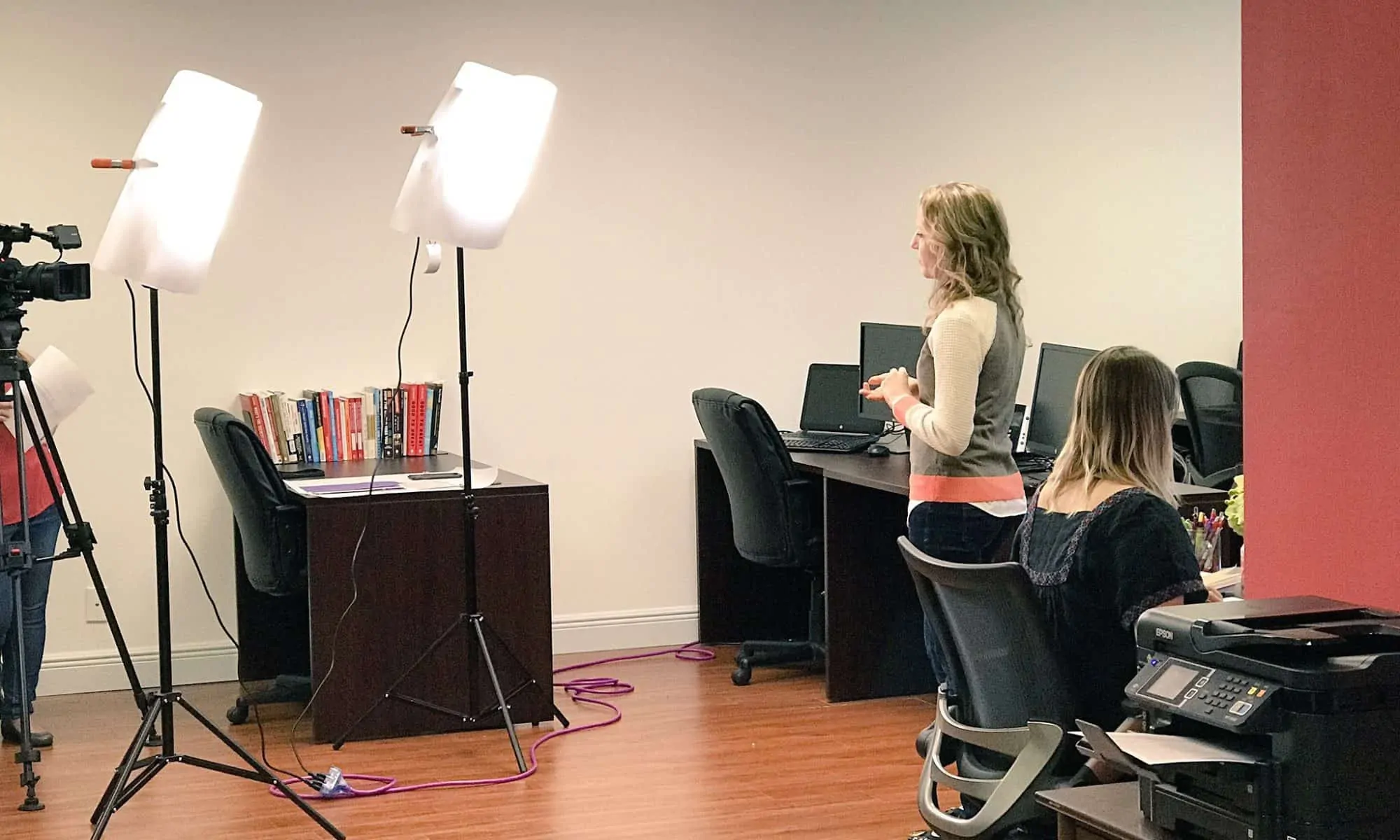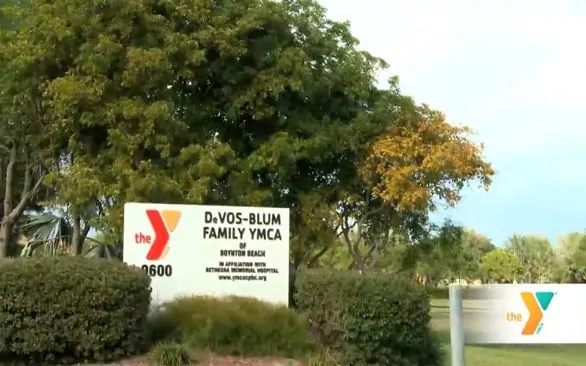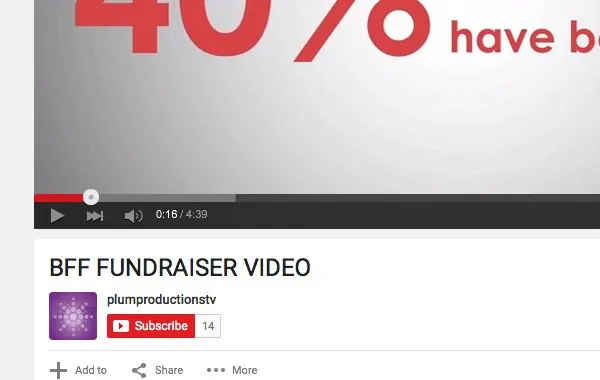Using Product Videos In Your Marketing
Product videos have become an essential aspect to any marketing strategy. Videos appear in 70% of the top 100 search results, and viewers are at least 50% more likely to buy a product after watching a video for it. The business community is learning the importance of this for their marketing…and they are getting smarter and more creative to boot. The best part, this leads to more interesting ads for consumers to watch. Not a bad thing!
Online video is so popular because people would much rather watch a video about a product than read about it…and video manages to span every demographic. Even if someone can’t read, they can still get the information a company wants to give them from a video.
Companies that normally only sell parts are posting how-to videos to their websites to attract customers, and to show them how to use the parts that they have bought. Here’s the cool part, people who start watching these types of video tend to stay on the site a little longer (maybe to the end of the video). Google likes that. This tell Google that people are interested in the stuff on this website and therefore gives that site a bit more ‘search engine juice.’ Add to that, the ability to share the video to multiple social media sites further increases the reach, and the affect of a marketing video.
You should know, however, simply uploading a video to a company’s website or YouTube channel doesn’t always work. Increasingly, creative companies are making their videos interactive, so that customers can click on something in the video that takes them to a corresponding web page. This is usually done on YouTube to bring the viewer to their site. Some companies are even using Facebook Live to capture potential client’s attention. It’s critical that any of the services you use work on mobile devices as well, since many customers do most of their ad viewing on their cell phones or tablets.
Clarify Your Message
One of the important things we do when making video is to incorporate the needs and wants of the client in the video. Novel idea, right? So many production companies try to bulldoze their way to create the video they want, but why can’t we just create what the clients wants? That’s our philosophy. When the client gets to add their needs into the video, they’re more likely to share it and show it off! That’s good for us…and good for them. Does it convert to product sales? Many times it does. When the video does a great job of highlighting why someone needs the product and clearly explains the result of using the product, more units will sell.
With product videos, placement is the key. Our clients currently place their videos on endcaps in retailers nationwide in order to catch prospective buyers in the moment of buying. When using video online, the best part is that one can now customize who sees the video based on their location, demographic, and recent purchases or items they’ve viewed online. This increases sales because the type of individual who might need the product will see the video, making it a relevant item to them. To simplify, doing this makes their videos more relevant to the people who live in an area, fit a demographic and have already researched similar items. That’s effective!
Key Takeaway: Remember when considering making a marketing video for a product: Hire a professional! They are there for a reason. Local video production companies are the best for this. They know the area well and how to maximize locations, spaces, and how to show off your product in just the right manner. They should show the product from several angles while highlighting the product’s best features! You might even try to include people who know a lot about the product, such as current customers.
Video marketing is fast becoming an essential tool to a good marketing campaign. Take advantage of it now, before any competition does!
Related Posts:
























